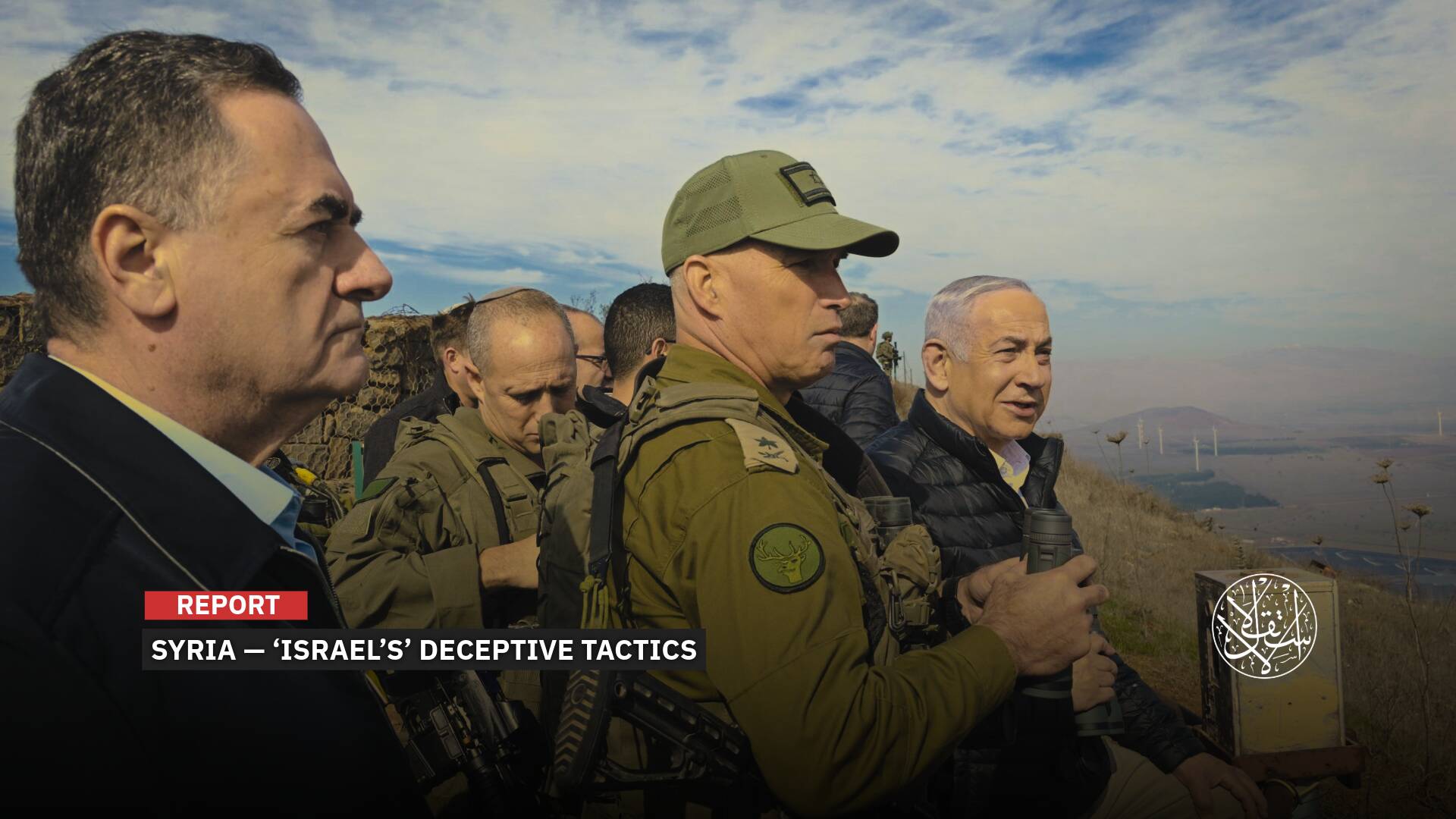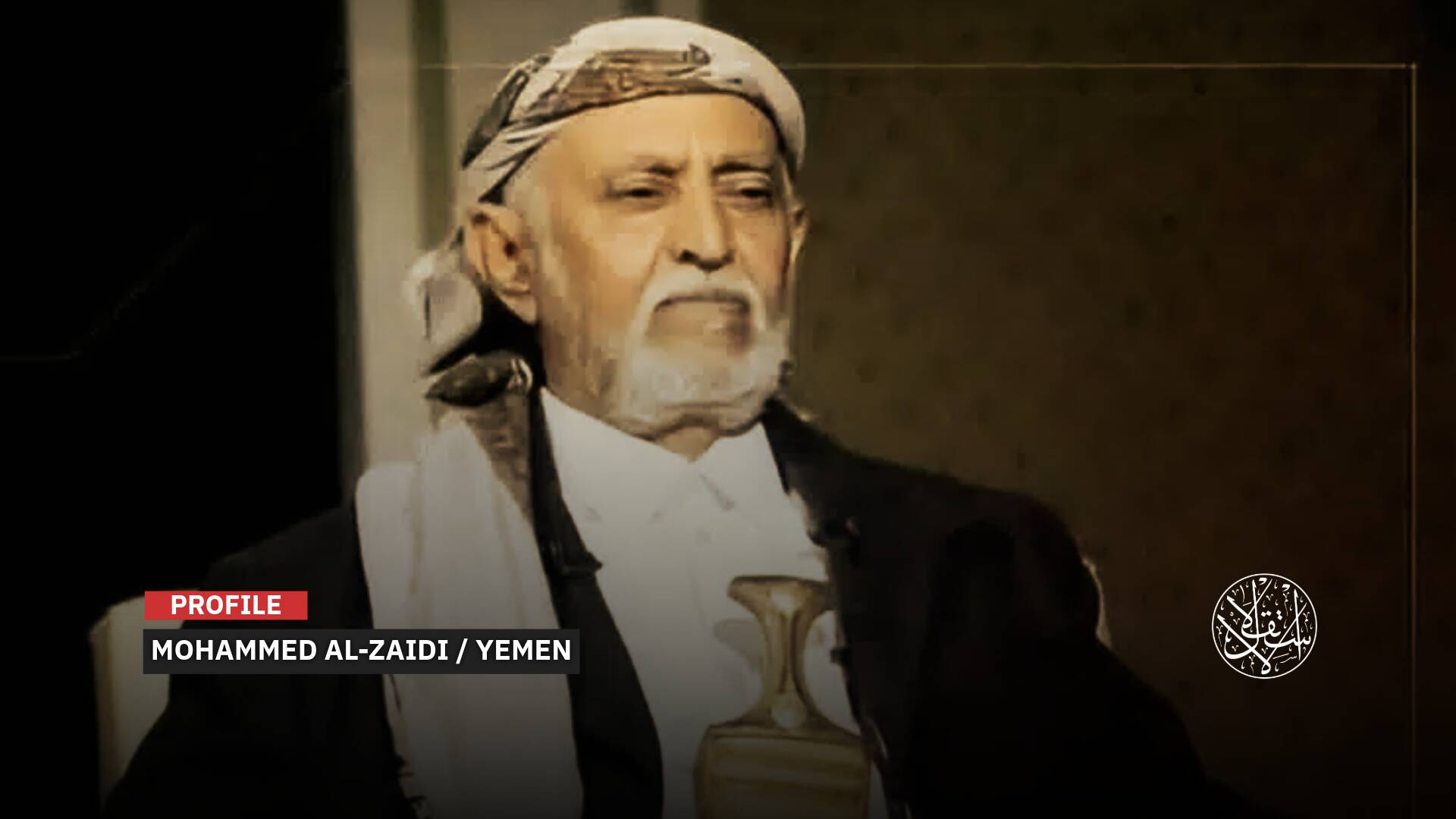Ismail Khan, the Prominent Afghan Warlord Known as “The lion of Herat”

A month ago, Ismail Khan, one of the most prominent warlords in Afghanistan, known as "The Lion of Herat", vowed to resist the Taliban and fight them, calling on the population to join the battle. Last Thursday, Herat fell, after a two-week siege imposed by the Taliban, and Ismail Khan the leader of the resistance in the city surrendered himself to the insurgents.
Khan, who was one of the highest profile commanders fighting for the Afghan government, was handed over with the provincial governor and security officials as part of an agreement with the Taliban, said provincial council member Ghulam Habib Hashimi on Friday, according to Reuters news agency.
The 75-year-old Ismail Khan had extended his control and influence for decades as mayor of Herat, Afghanistan’s third largest city. Herat is located in western Afghanistan, its proximity to Iran increases its strategic importance.

Rebellious Career
Mohammad Ismail Khan was born in 1946. He is an Afghan former politician who served as Minister of Energy and Water from 2005 to 2013 and before that served as the mayor of Herat Province.
Khan first rose to prominence in 1979 during the Herat uprising. He was then a captain in the Afghan army and participated in the overthrow of the Russian-backed communist government.
The insurrection led to Russian intervention, and Khan went on to fight as a member of the American-backed mujahideen during the resulting Soviet-Afghan War. His leadership on the battlefield contributed to his appointment as governor in 1992 following the Soviet withdrawal.
Ismail Khan's huge militia had scored a series of successes in the face of the Taliban with the Taliban taking control of power in the early 1990s, living up to his reputation as a sound leader. Yet, in 1995, he was forced to flee to Iran, accompanied by hundreds of his supporters, after one of his allies defected.
Later, Ismail Khan was captured by the Taliban for about two years as he prepared to return and lead an insurgency. But he managed to escape from prison in 1999, and was at large during the US invasion in 2001.
After the US overthrew the Taliban in 2001, Khan regained his position as Herat’s governor. More than a decade later, the Lion of Herat again rallied locals to fight against the Taliban.
On September 27, 2009, Ismail Khan survived a suicide blast that killed 4 of his bodyguards in Herat. He was driving to Herat Airport when a powerful explosion occurred on the way there. Taliban spokesman, Zabiullah Mujahid, claimed responsibility and said the target was Khan.
“There are parts of the country where the government forces cannot operate, and in such areas the locals should step forward, take arms and defend the country,” Khan said in 2012

The Old Lion Regained the Resistance front
For months, the Taliban's rapid territorial gains during the final stages of the US military withdrawal have largely been in sparsely populated rural areas. Recently, they have brought increasing pressure on provincial capitals and seized key border crossings. Herat as one of Afghanistan’s major cities did not escape the assaults.
In July 2021, Ismail Khan mobilized hundreds of his loyalists in Herat in support of the Afghan Armed Forces to defend the city from an offensive by the Taliban.
The old lion seemed confident of himself, as he told the press, "We will soon be on the front lines, and we will change the balance of power with God's help."
"I hope that the men and women of Herat will choose to support the resistance front in defense of their freedom and dignity," he added.
While blaming the government for the rapidly deteriorating situation, he urged the military to show firmness and "all the security forces to resist with courage"
Khan Captured by Taliban
Herat city fell on 12 August 2021. Khan tried to escape by helicopter, but he was captured by the Taliban. The Taliban interviewed him shortly and claimed that he and his forces have joined them.
The movement soon announced that Ismail Khan had turned himself in and was safe. Then Taliban’s spokesman, Jamal Nasser Habibi, clarified that an agreement had been reached and that "he will be returned to his residence."
The Taliban released a video of the old warlord, in which he said, "They should treat people well and people should meet them with good feelings so that they can lead a prosperous life together."
"We hope that all our brothers will create a peaceful atmosphere and end this fighting and that peace and stability will return to Afghanistan," he added.
Like in other cities lost to the Taliban over the past week, authorities in Herat also claimed that they gave up their posts to avoid bloodshed among civilians. Khan did not have the opportunity to clarify or justify his surrendering.
"We had to leave the city in order to prevent further destruction," a senior security source from Herat told, adding that troops and city officials had retreated to army barracks outside of Herat.
A group of insurgents lowered the Afghan flag from the police headquarters shortly after the fall of Herat, and some of them sat on the cover of a Humvee left behind by government forces.
The city had become a “ghost town” amid the fighting. “Families have either left or are hiding in their houses,” said Hashimi.
The fall of one of Afghanistan’s most prominent military figures was just another sign of the dire situation unfolding in Afghanistan. His fall also indicated that the fall of the capital Kabul in the hands of Taliban was close. This is exactly what happened 3 days later.










